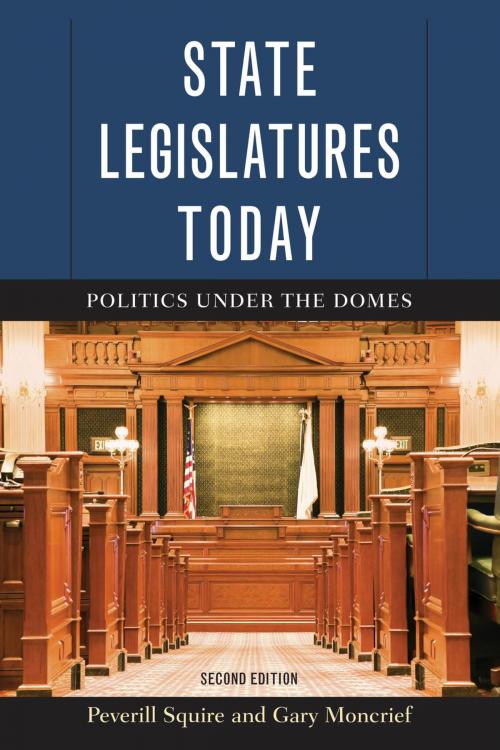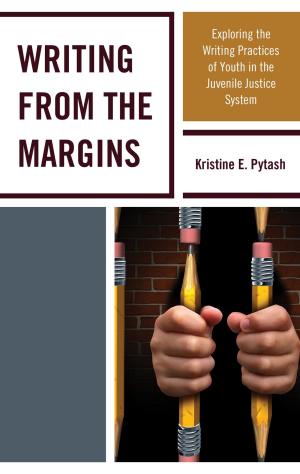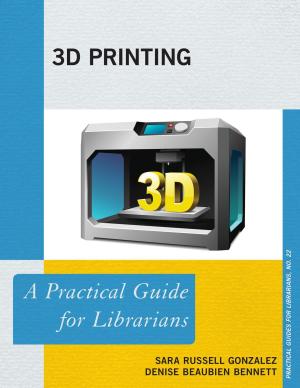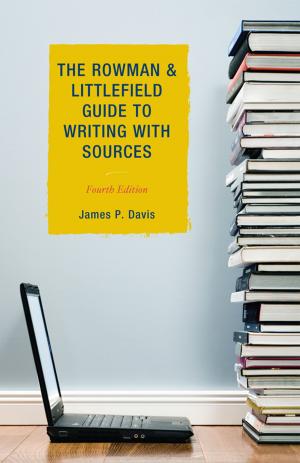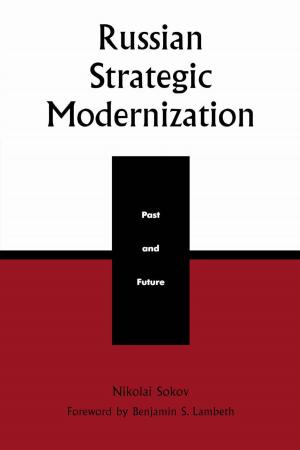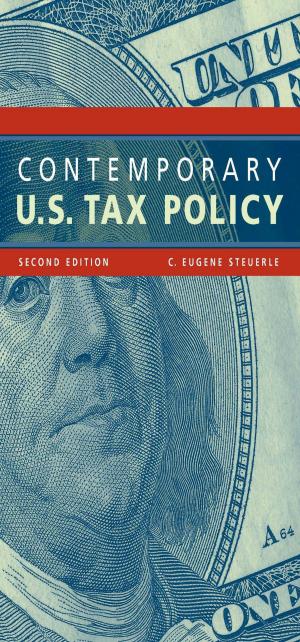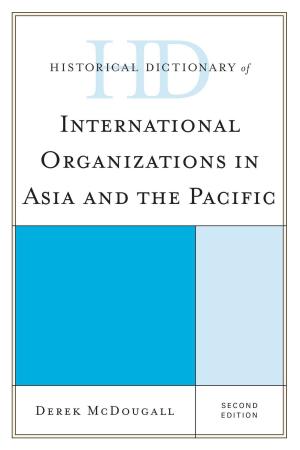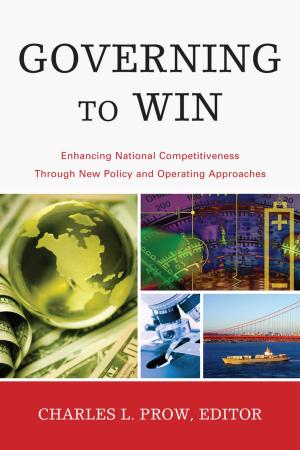State Legislatures Today
Politics under the Domes
Nonfiction, Social & Cultural Studies, Current Events, Political Science, Government, Local Government| Author: | Peverill Squire, Gary Moncrief | ISBN: | 9781442247482 |
| Publisher: | Rowman & Littlefield Publishers | Publication: | March 26, 2015 |
| Imprint: | Rowman & Littlefield Publishers | Language: | English |
| Author: | Peverill Squire, Gary Moncrief |
| ISBN: | 9781442247482 |
| Publisher: | Rowman & Littlefield Publishers |
| Publication: | March 26, 2015 |
| Imprint: | Rowman & Littlefield Publishers |
| Language: | English |
A concise and provocative introduction to State Legislative Politics, State Legislatures Today is designed as a supplement for state and local government courses and upper level courses on legislative politics. The book examines state legislatures and state lawmakers, putting them in historical context, showing how they have evolved over the years, and differentiating them from Congress. It covers state legislative elections (including the impact of redistricting, candidate recruitment, etc.), the changing job description of state legislators, legislatures as organizations, the process by which legislation gets produced, and the influences upon legislators.
Many things have happened in the five years since the popular first edition. Significant developments addressed in the new edition include:
-
The rise of the Tea Party Movement, which has contributed to the stalemate in Congress and greatly influenced legislative politics in many states. Indeed, the Tea Party’s greatest impact has been in state capitals, not in Washington, DC.
-
A marked increase in one-party government, resulting in greatest number of states with one-party government in at least fifty years. One-party government, of course, allows for dramatic policy shifts. Thus, governors and state legislatures have been able to make significant policy decisions while Congress and the President have been gridlocked.
-
A dramatic increase in the use of recall elections (Arizona, Michigan and Wisconsin) and referenda to challenge legislative policy decisions (Idaho, South Dakota, Ohio, and Washington), signaling a growing frustration with legislative policies in some states. Recall elections and referenda only occur at the state level.
-
Changes in term limits and budgeting laws in California directly affecting the work of the legislature in the largest state in the Union.
-
Highly visible state legislative policies on hot-button issues such as gun control, taxation, public employee benefits, teachers’ unions, taxation, abortion, immigration and education reform. The conflicts generated by these debates have produced incidents that captured national attention, perhaps most notably when Democrats in the Wisconsin Senate fled to Illinois to break quorum and prevent the Republicans from passing a measure limiting public unions in the state.
-
Efforts to profoundly alter the structure of some state legislatures, such as a measure to substantially reduce the number of legislative seats in Pennsylvania and a proposed initiative to radically increase the number of seats in California.
-
The culmination of a redistricting cycle in 2012 which alters the nature of many legislative districts and the course of politics and policy over the next decade.
-
A rare and historic “wave election” in 2010 that saw the Republican Party gain more than 700 seats in state legislatures.
A concise and provocative introduction to State Legislative Politics, State Legislatures Today is designed as a supplement for state and local government courses and upper level courses on legislative politics. The book examines state legislatures and state lawmakers, putting them in historical context, showing how they have evolved over the years, and differentiating them from Congress. It covers state legislative elections (including the impact of redistricting, candidate recruitment, etc.), the changing job description of state legislators, legislatures as organizations, the process by which legislation gets produced, and the influences upon legislators.
Many things have happened in the five years since the popular first edition. Significant developments addressed in the new edition include:
-
The rise of the Tea Party Movement, which has contributed to the stalemate in Congress and greatly influenced legislative politics in many states. Indeed, the Tea Party’s greatest impact has been in state capitals, not in Washington, DC.
-
A marked increase in one-party government, resulting in greatest number of states with one-party government in at least fifty years. One-party government, of course, allows for dramatic policy shifts. Thus, governors and state legislatures have been able to make significant policy decisions while Congress and the President have been gridlocked.
-
A dramatic increase in the use of recall elections (Arizona, Michigan and Wisconsin) and referenda to challenge legislative policy decisions (Idaho, South Dakota, Ohio, and Washington), signaling a growing frustration with legislative policies in some states. Recall elections and referenda only occur at the state level.
-
Changes in term limits and budgeting laws in California directly affecting the work of the legislature in the largest state in the Union.
-
Highly visible state legislative policies on hot-button issues such as gun control, taxation, public employee benefits, teachers’ unions, taxation, abortion, immigration and education reform. The conflicts generated by these debates have produced incidents that captured national attention, perhaps most notably when Democrats in the Wisconsin Senate fled to Illinois to break quorum and prevent the Republicans from passing a measure limiting public unions in the state.
-
Efforts to profoundly alter the structure of some state legislatures, such as a measure to substantially reduce the number of legislative seats in Pennsylvania and a proposed initiative to radically increase the number of seats in California.
-
The culmination of a redistricting cycle in 2012 which alters the nature of many legislative districts and the course of politics and policy over the next decade.
-
A rare and historic “wave election” in 2010 that saw the Republican Party gain more than 700 seats in state legislatures.
